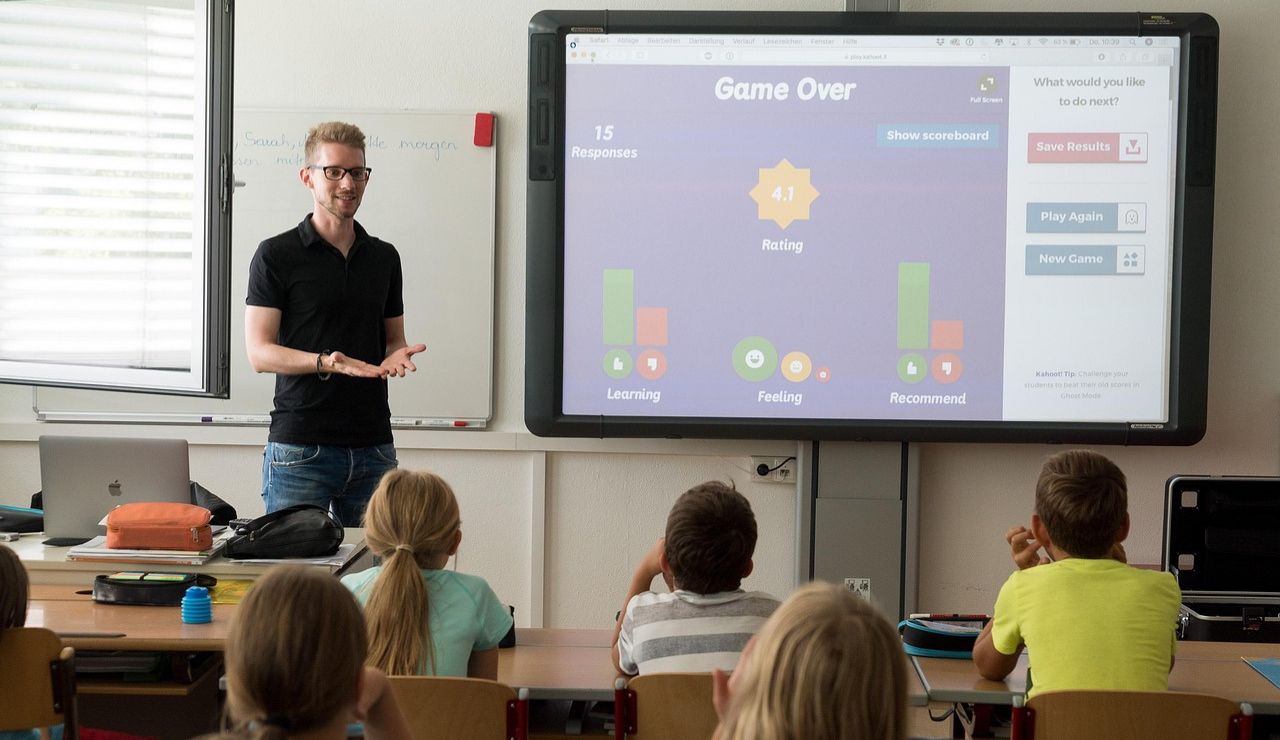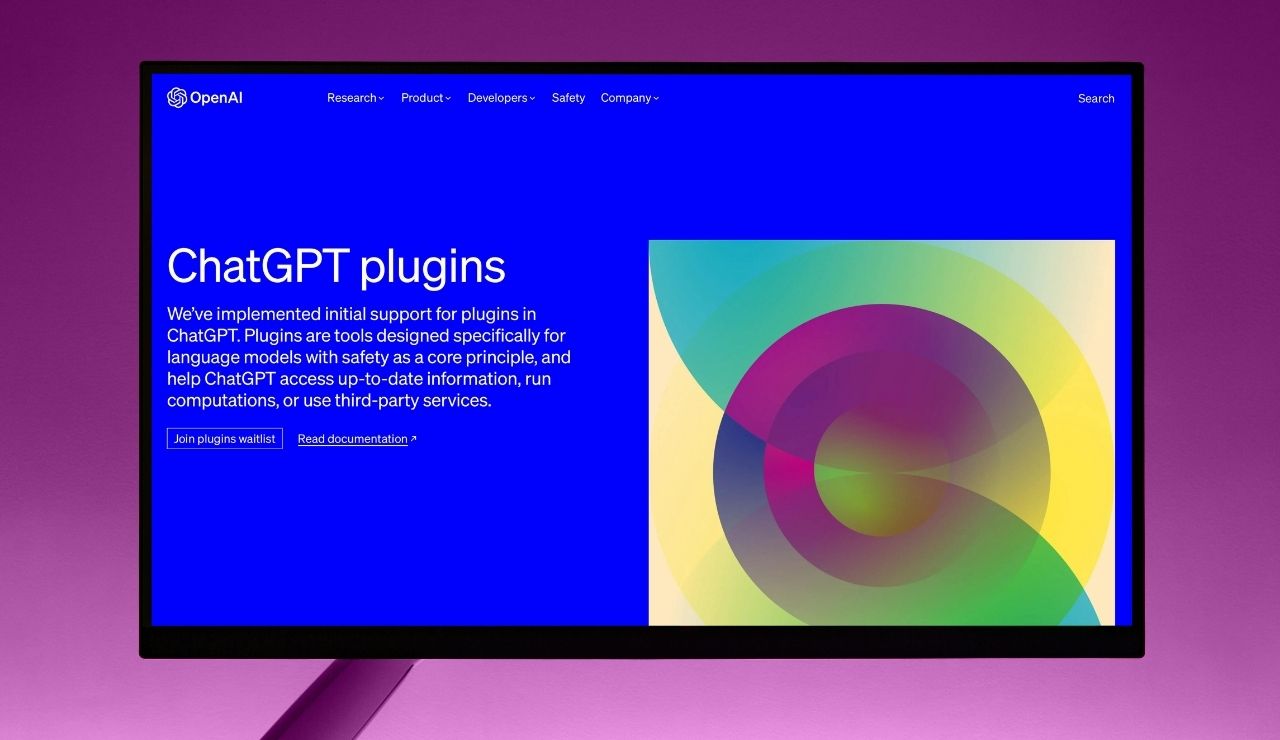Classrooms across the United States are embedding AI into daily lessons, grading systems, and student support services. These tools adapt to each learner’s needs, provide instant feedback, and remove barriers for those who require accessibility features. Teachers gain real-time insight into progress, making it easier to adjust instruction. The following strategies show exactly how schools are applying AI to improve learning and streamline their work.
1. AI-Powered Tutoring

Adaptive tutoring systems analyze student answers in real time and adjust the next question or hint to close gaps. They recommend short practice sets, model solutions, and offer step by step coaching when a learner gets stuck. Teachers review dashboards to spot who needs help today, then pull small groups with confidence. Districts often extend access after school and send clear weekly summaries to families with strengths and next steps. Students keep momentum, and teachers plan focused mini lessons.
2. Writing And Feedback Assistants

Students draft essays with AI writing assistants that coach process, not voice. The tool highlights unclear sentences, suggests structure, and reminds writers to cite sources. Rubric based checkers give targeted notes on thesis, evidence, and coherence, so revisions feel doable. Teachers run originality checks and require reflection logs that explain each change. English learners get vocabulary supports, and text to speech helps with planning and review. Classes produce more drafts and stronger arguments because help arrives during writing.
3. Classroom Management And Grading Automation

AI streamlines routine tasks that eat instructional time. Exit ticket analyzers flag trends by standard and suggest the next day’s groups. Autograders handle quizzes, free up minutes for conferences, and surface common errors that deserve reteaching. Attendance tools spot patterns that signal risk and nudge outreach early. With paperwork minimized, teachers spend time conferring, modeling, and checking for understanding. Gradebooks sync with learning systems, and portals update so families see progress and what to practice tonight.
4. Data-Driven Student Support

AI platforms compile academic records, attendance, and behavior patterns to create early warning alerts. Counselors receive lists of students at risk of falling behind, with suggested interventions tied to specific subjects or skills. Teachers can see visual reports that track progress toward graduation requirements and pinpoint where extra tutoring or mentoring is needed. This approach turns scattered data into a clear plan, ensuring timely action before problems grow into long-term setbacks.
5. Virtual Reality And Simulation Learning

AI-powered VR systems adapt difficulty based on student performance during simulations. In science, a learner can run virtual experiments where variables change in response to choices, offering instant feedback. History classes can explore interactive recreations of ancient cities, while vocational programs practice skills like welding in safe, simulated environments. The AI tracks accuracy and improvement, helping instructors personalize follow-up lessons while keeping experiences immersive and engaging for every student.
6. Intelligent Scheduling Tools

AI scheduling systems analyze student course requests, teacher availability, and resource limits to create balanced timetables. They ensure students get needed classes without conflicts, while teachers have manageable loads and collaborative planning time. These tools also adjust schedules when changes occur, such as new enrollments or staffing shifts. By automating the process, schools reduce last-minute chaos and ensure smoother starts to semesters, leaving educators free to focus on lesson planning instead of logistics.
7. AI-Powered Career Guidance

Career counseling platforms use AI to match students’ skills, interests, and academic strengths with potential career paths. They recommend relevant courses, internships, and extracurricular activities while tracking progress toward goals. Students explore job market trends and connect learning to real-world opportunities. The system also alerts counselors to students who may need guidance on prerequisites or financial aid. This targeted advice helps teens make informed decisions about education and career planning.


